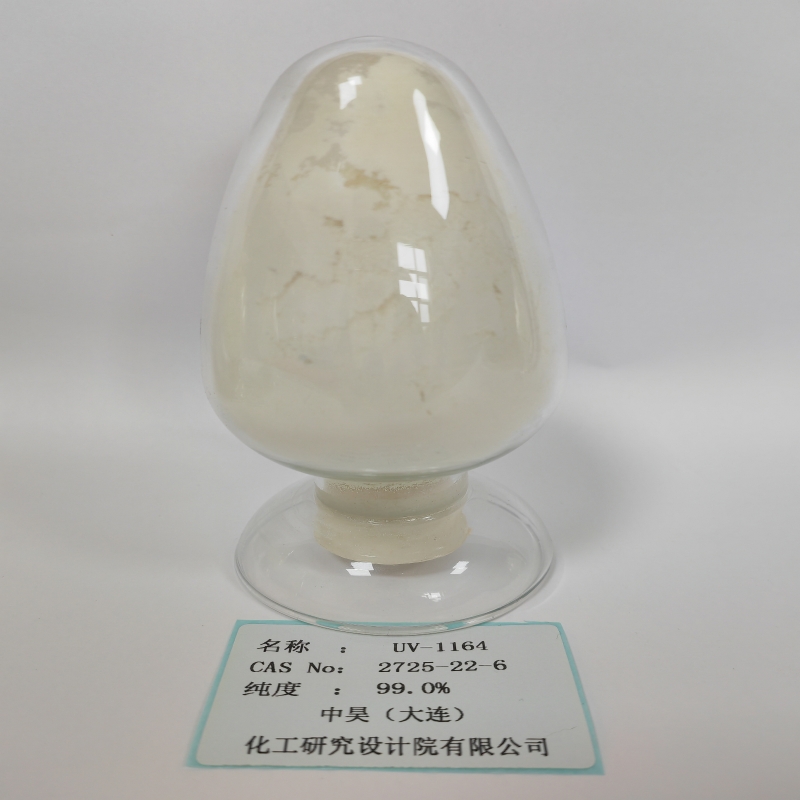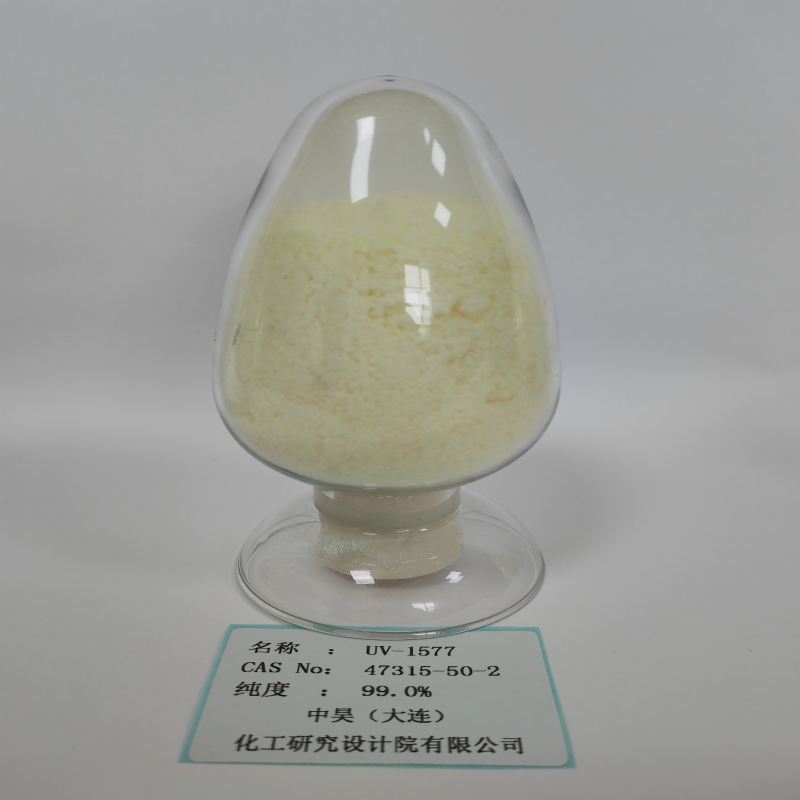-
Categories
-
Pharmaceutical Intermediates
-
Active Pharmaceutical Ingredients
-
Food Additives
- Industrial Coatings
- Agrochemicals
- Dyes and Pigments
- Surfactant
- Flavors and Fragrances
- Chemical Reagents
- Catalyst and Auxiliary
- Natural Products
- Inorganic Chemistry
-
Organic Chemistry
-
Biochemical Engineering
- Analytical Chemistry
-
Cosmetic Ingredient
- Water Treatment Chemical
-
Pharmaceutical Intermediates
Promotion
ECHEMI Mall
Wholesale
Weekly Price
Exhibition
News
-
Trade Service
Canada joins the North American petrochemical investment boom
Recently, Canada has joined the boom in petrochemical investment in North America
.
Alberta is the region of the most concern, with several petrochemical projects under development
in British Columbia and Quebec.
The country's abundant and cost-competitive feedstock will support the development
of more petrochemical projects.
Bob Masterson, president and CEO of the Canadian Chemical Industry Association (CIAC), said that the Canadian petrochemical industry has risen from zero investment a year and a half ago to 20 billion Canadian dollars (including construction or proposed projects), and may invest 20 billion ~ 30 billion Canadian dollars
in the future.
But the road to Canada's petrochemical renaissance may not be easy, and the biggest risk is Canada's federal government's energy and environmental policies, which may lead to higher energy costs and limited
raw material supplies.
Recession fears weigh on the U.
S.
chemical industry
With the escalation of Sino-US trade frictions, the United States is preparing to impose a new round of tariffs
on Chinese goods from September 1.
U.
S
.
bond yields have fallen sharply, and longer-term government bonds and short-term government bond yields have inverted, implying a recession.
Fears of an impending recession weighed heavily on chemical stocks
.
U.
S
.
chemical stocks, especially bulk chemicals, have fallen to multi-year lows.
LyondellBasell's shares have fallen to about $72.
70, down 38 percent from a year earlier and the lowest level
since December 2014.
The outlook for the Indian transformer oil market is strong
India's total transformer oil demand in 2018 is estimated at 375,000 to 425,000 tonnes
.
Hareesh Nalam, senior consultant in the energy practice of U.
S.
consulting firm Klein & Co.
, said the outlook for transformer oil demand in India remains strong due to the expected rapid growth
in the country's electricity demand.
The country's electricity demand is expected to increase significantly from 1.
2 trillion kilowatt-hours in the 2018-2019 fiscal year to 1.
9 trillion kilowatt-hours
in the 2022-2023 fiscal year.
Nalam said the Indian government has launched several projects aimed at boosting power generation and distribution in the country, and distribution companies may also need to replace existing Level 2 transformers with transformers with energy efficiency class 3; If the existing transformers are replaced with Class 3 transformers, a large amount of new transformers and transformer oil
is required.
China's PX expansion boom puts pressure on Japanese and Korean companies
A sharp surge in paraxylene (PX) production capacity in China could force major PX exporters in Japan and South Korea to cut production
in the second quarter of 2020.
It is reported that in the year from March 2019 to March 2020, China will add about 10 million tons of PX production capacity
.
More than half of China's current PX imports come from South Korea and Japan, and the new capacity is expected to reduce China's PX imports by about 50%.
Helen Yang, a researcher at JLC Consulting, estimates that China's PX imports will be 12.
6 million tons this year, which could fall to 7 million tons next year and further to 4 million tons
in 2021.
Without the support of Chinese demand, PX producers such as Japan's JXTG Holdings, South Korea's Rakuten Chemical and Hyundai Cosmo Petrochemical are expected to both decline in production and profits, and profit margins will decline
further.







